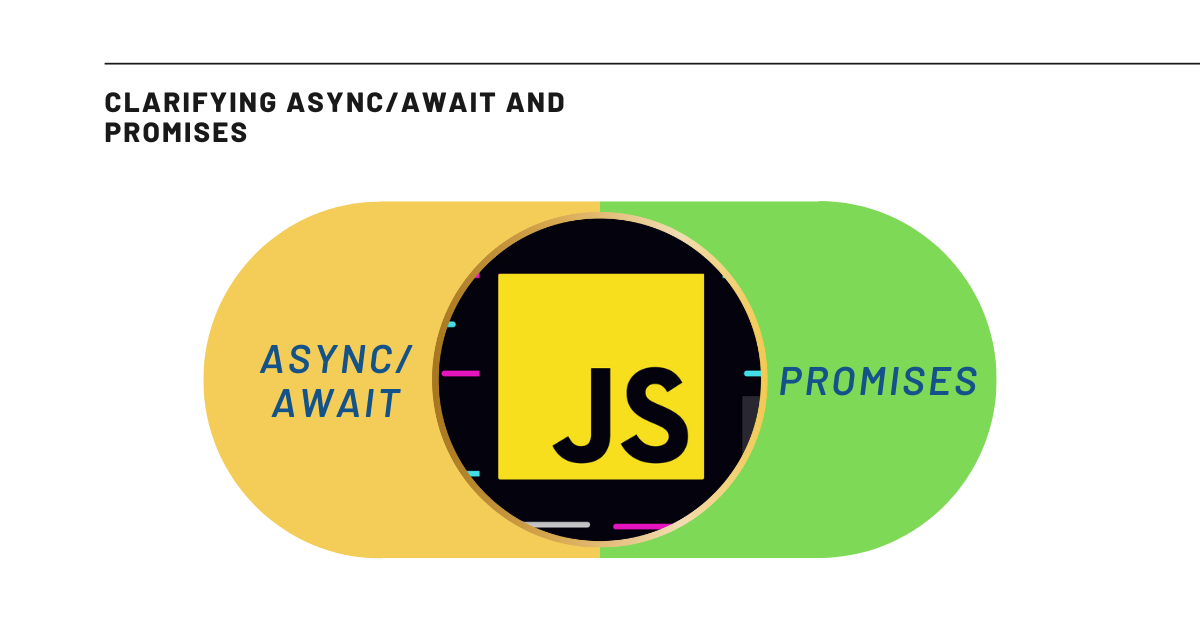JavaScript Simplicity: Clarifying async/await and Promises for Easy-to-Read Code
Navigating the asynchronous waters of JavaScript can be a daunting task, filled with callbacks and nested structures that resemble a labyrinth. Fear not, as two powerful allies, async/await and Promises, are here to rescue your code from complexity and obscurity. Join us on a journey to simplify your asynchronous endeavors and transform your code into an elegant and readable masterpiece.

JavaScript Simplicity: From Callback to wait
Do you recall the days of callback hell, where nesting functions seemed to plunge into the depths of programming despair? Enter async/await, a syntax revolution that turns asynchronous code into a synchronous delight. By marking your asynchronous function with async and using await before any promise-returning operation, you bid farewell to nested functions. The await keyword gracefully pauses your code until the promise resolves, resulting in clear, flowing code that reads like a synchronous dream.
JavaScript Simplicity: The Promise of Readability
Promises, the unsung heroes of asynchronous JavaScript, encapsulate the outcomes of operations in elegant objects. No more deciphering undefined values or elusive error codes hidden within functions. Promises allow you to chain asynchronous tasks effortlessly. Coupled with async/await, reading a promise chain becomes akin to following a well-written recipe—one step at a time, with each await patiently waiting for the previous step to conclude before proceeding.
JavaScript Simplicity: Simplicity in Practice
Let’s illustrate the power of async/await and Promises with a practical example. Imagine building a recipe app fetching ingredient details from an API. In the callback era, your code might resemble a tangled mess:
getRecipe(recipeId, (recipe) => { getIngredients(recipe.ingredients, (ingredients) =>
{ displayRecipe(recipe, ingredients);
}); });
Now, witness the transformative power of async/await:
async function fetchRecipe(recipeId) { const recipe = await getRecipe(recipeId); const ingredients = await getIngredients(recipe.ingredients); displayRecipe(recipe, ingredients); } fetchRecipe(123);

The code now reads like a story, each step seamlessly flowing into the next. No more juggling callbacks or mental acrobatics to decipher the execution flow. This level of readability translates to improved maintainability, turning your code into a joy for both you and your fellow developers.
JavaScript Simplicity: Beyond the Basics
As you master async/await and Promises, remember that simplicity is the key. Avoid over-engineering; keep your code clear, concise, and focused. Implement error handling using try/catch blocks to gracefully manage asynchronous hiccups. Most importantly, have fun! Embrace the elegance and clarity these tools offer, turning your JavaScript code into a masterpiece of readability.
In conclusion, armed with async/await and Promises, you can navigate the asynchronous landscape of JavaScript with newfound confidence and ease. Simplicity is not just about writing neat code; it’s about crafting code that others can understand and appreciate. Embrace the power of these tools, and let your JavaScript shine!





Leave A Comment